This is a serious offshore sailing expedition from northern Norway to Iceland. We begin in Bodø and sail south along the Helgeland coast while we wait for a safe weather window. Once it opens, we set out across the Norwegian Sea on a 700-mile, five-day passage to Seyðisfjörður. The exact route and stops along the coast are entirely dictated by wind and weather. Nothing is guaranteed, and plans will shift, but this is a good summary of what to expect.
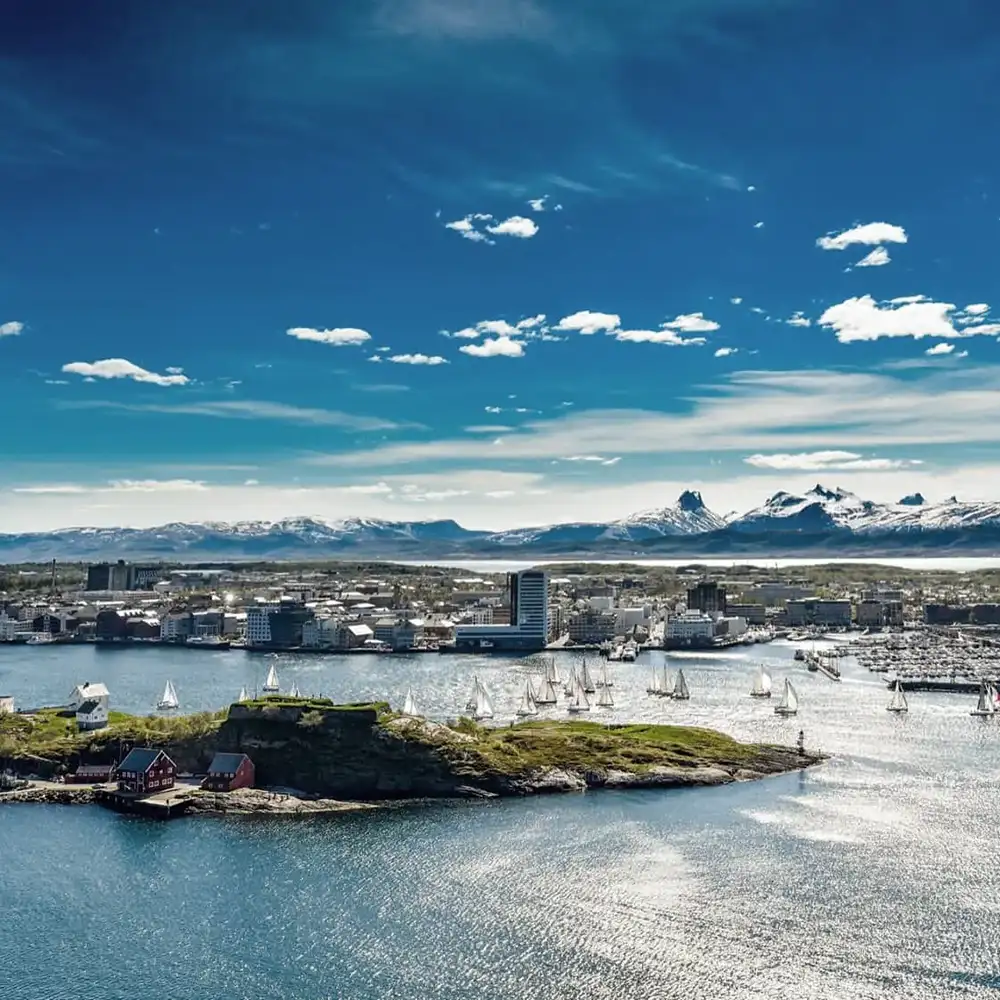
Bodø – the Arctic gateway
At 67° North, Bodø is where the journey begins. It’s a bold frontier town set between jagged mountains and open sea. It’s the last place of streetlights and supermarkets before the landscape gives way to something wilder. We all ready the boat, watch the barometer, and keep one eye on the wind. Just offshore, the Saltstraumen maelstrom churns with one of the strongest tidal currents on Earth. It’s a timely reminder that in these waters, nature always leads.
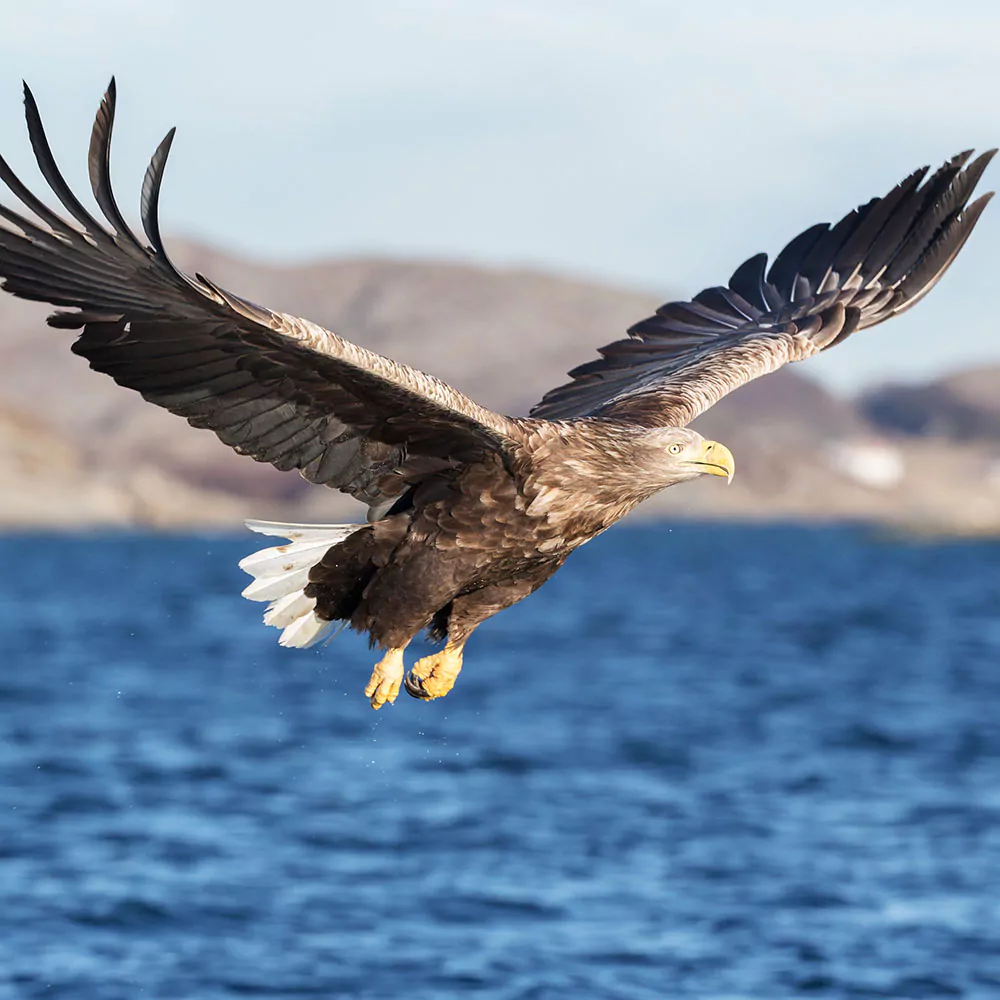
Sailing South from Bodø
As we wait for the right conditions to make the offshore passage to Iceland, we set sail south from Bodø into one of the most extraordinary stretches of coastline which you will remember for life. Towering mountains, glacial fjords, seabird-packed islands, and tiny weather-beaten communities where the mainland feels a world away. The plan is simple: sail, train and explore, and make the absolute most of the time the sea gives us. Each day brings something new. Where we go will depend on the weather, but the places we hope to explore include
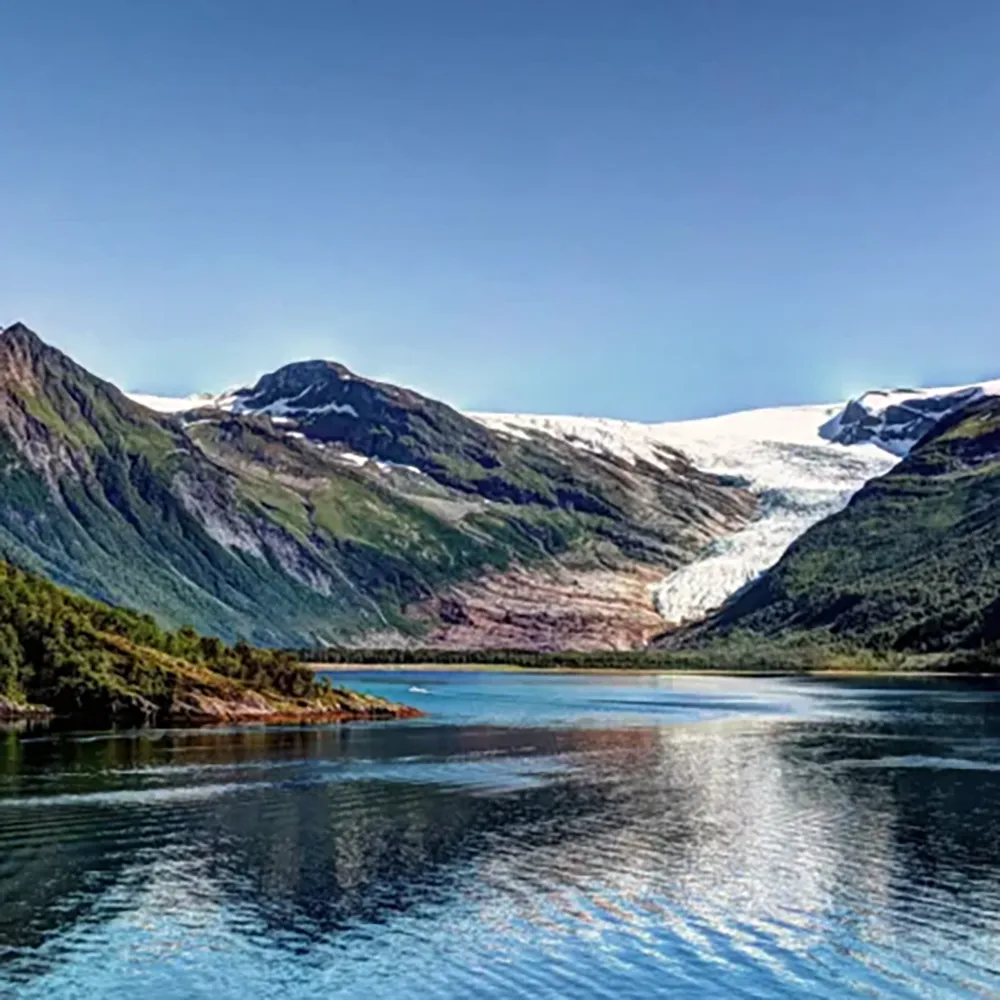
Svartisen Glacier – sailing into the ice
Few places let you sail this close to ancient ice. Svartisen, mainland Norway’s second-largest glacier, spills from the mountains into Holandsfjord in a swirl of fractured blue and white. If the weather holds, we’ll anchor right in front of it, deep in the fjord and hike along the turquoise meltwater lake to where the ice looms close enough to feel. Waterfalls thunder down the cliffs around us. The air is noticeably colder. It’s here that the Arctic can seem to whisper its magic to us.
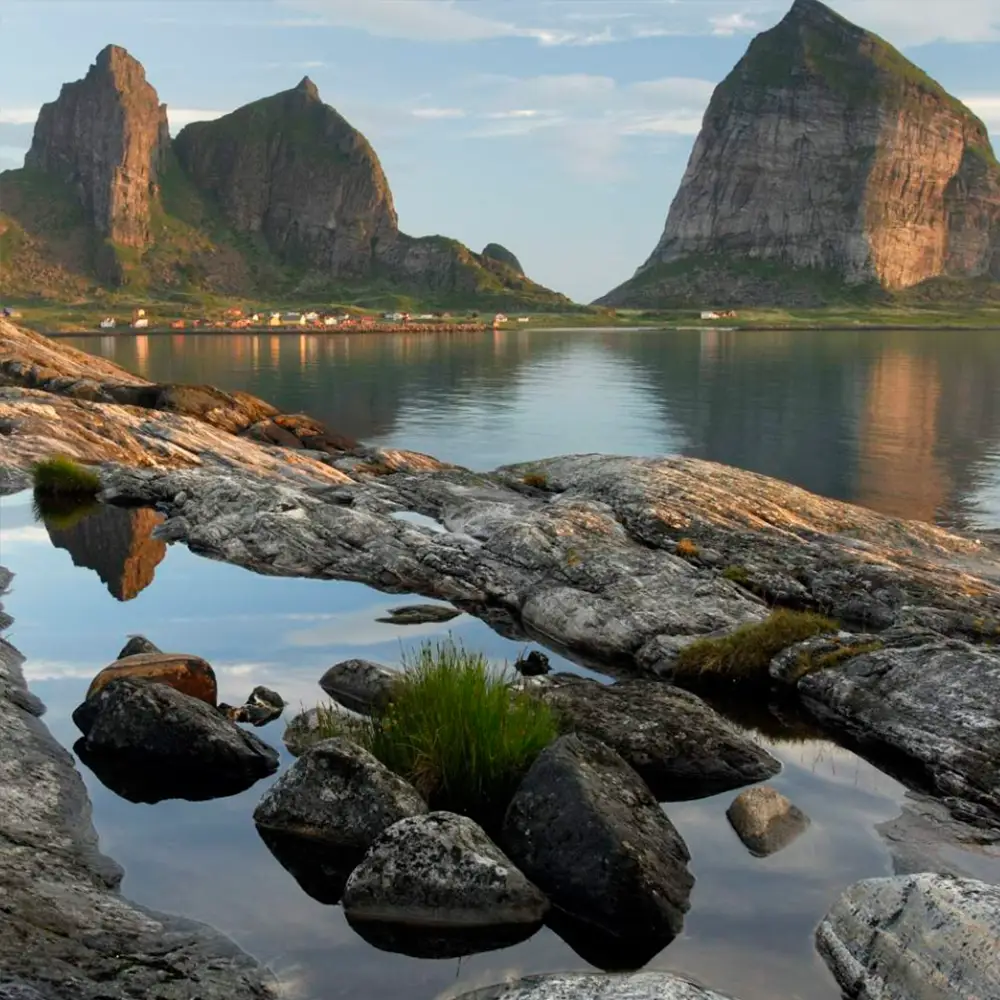
Træna – the edge of the world
Remote even by Norwegian standards, the Træna islands sit a way out to sea, where the horizon dissolves into the Atlantic. They’ve been settled for over 9,000 years, yet feel utterly untouched. If the sea is kind to us, we can anchor near Sanna island and walk to Kirkhelleren, a vast cave carved by the wind and sea, where Stone Age hunters once sheltered. It’s one of those places where time folds in on itself. It’s wild, raw, and hauntingly beautiful.
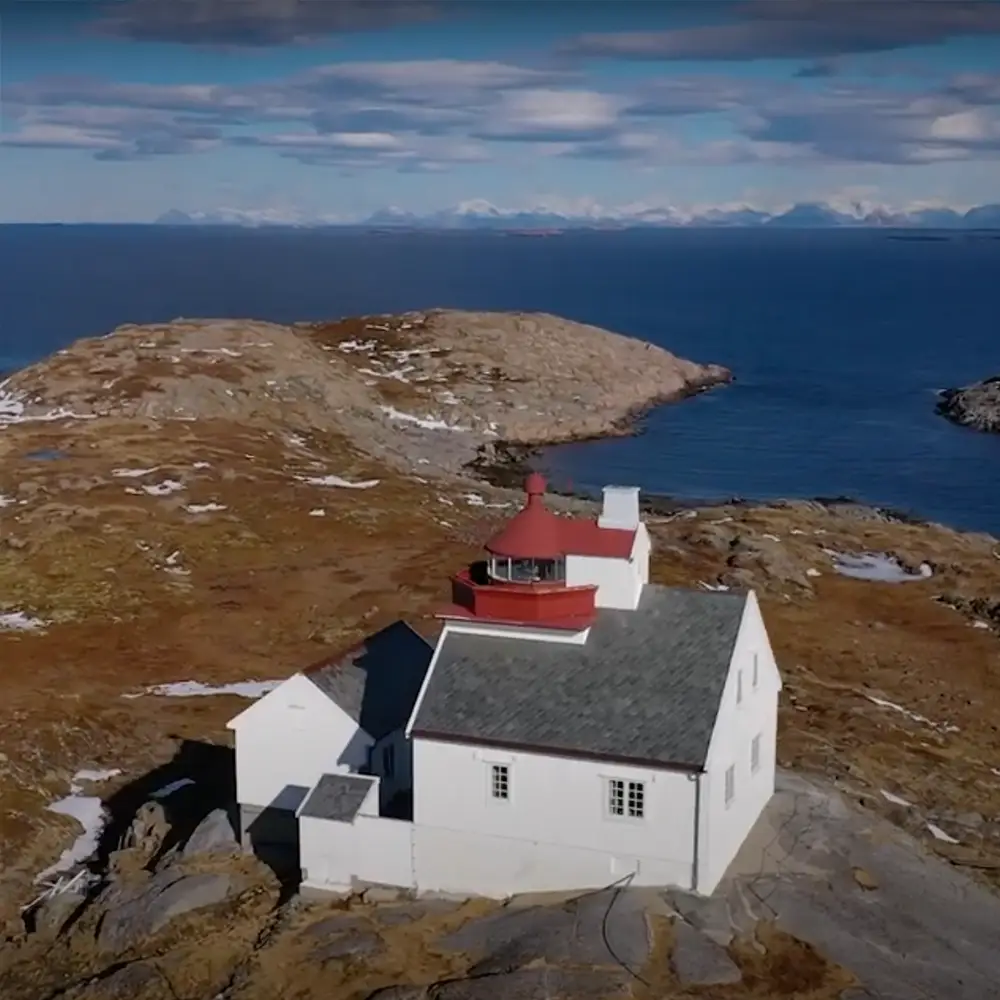
Myken – whisky, wind and wide horizons
A speck in the ocean, Myken clings to the edge of the map. it’s no more than a cluster of houses, a lighthouse, and a wind-powered Arctic whisky distillery. When the swell eases and the frequent mist lifts, the approach is unforgettable. If conditions allow, we can go ashore to explore the island’s quiet paths and hear how whisky ages under the endless light of the midnight sun.
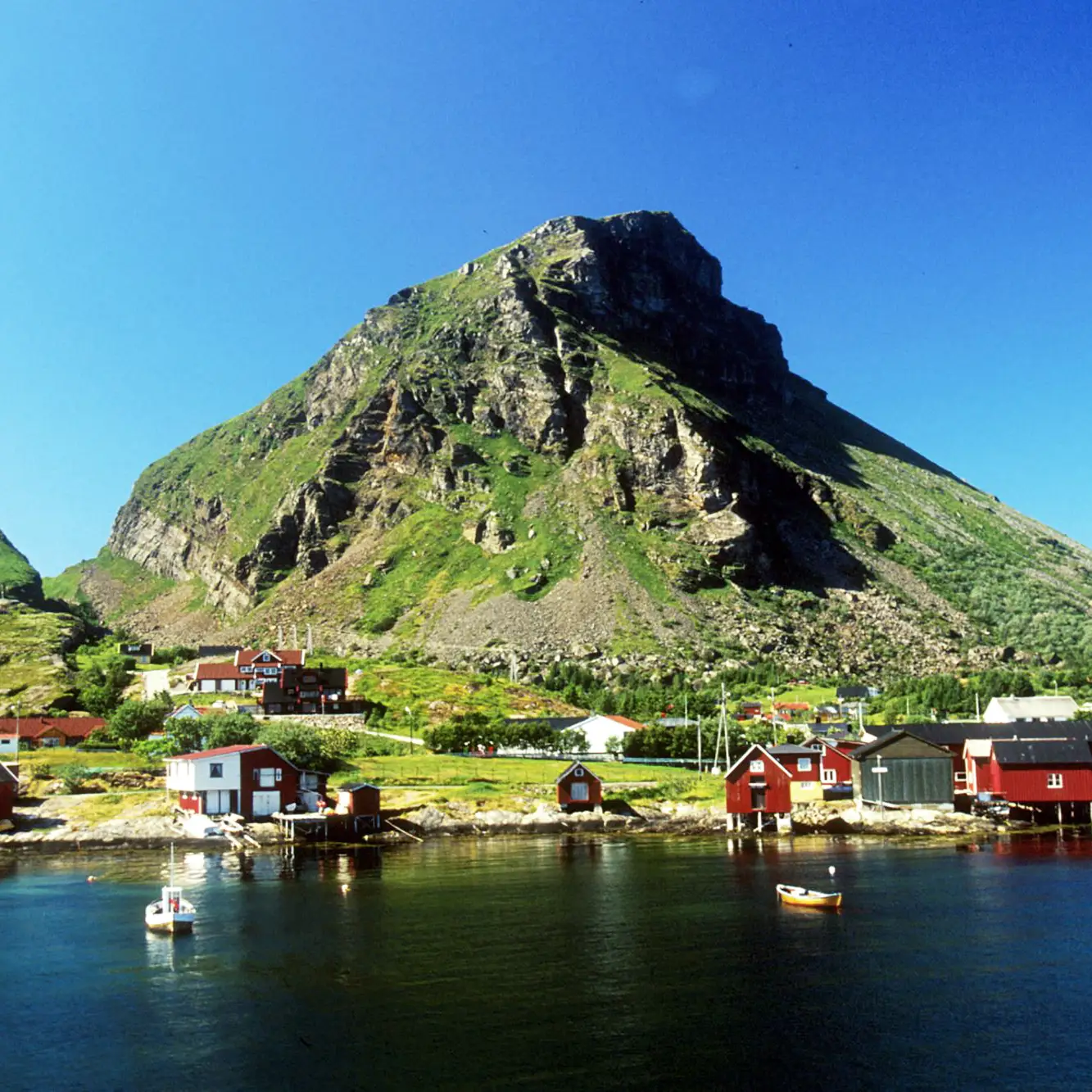
Lovund – island of the puffins
Rising sheer from the sea, Lovund is a beacon for birds and sailors alike. Its single mountain summit cuts a bold silhouette against the sky, and its cliffs teem with puffins during the summer months. There are reputed to be more than 200,000 of them wheeling through the air in perfect synchrony. With luck, we’ll anchor off the harbor and climb to the top, where the view stretches from the Vega islands in the south to the glacial peaks behind us. It’s nature in full voice.
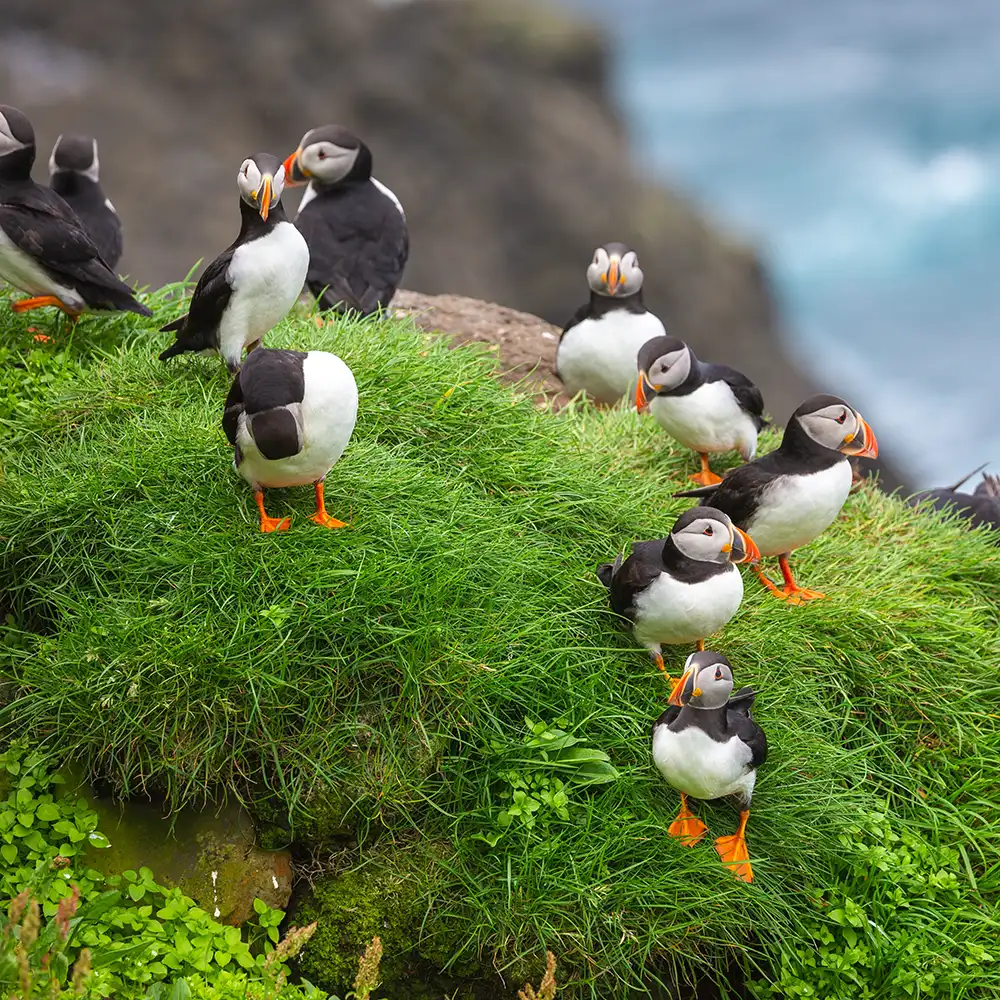
Sandnessjøen – among the Seven Sisters
Tucked behind a web of islands and channels, Sandnessjøen sits in the shadow of the Seven Sisters mountains. It’s a jagged spine of stone that seems built for myth. If time allows, we may climb one of the peaks or walk the ridgeline for sweeping views of the coast we’ve sailed. It’s also a natural pause point. Here, we catch our breath, watch the charts, and prepare for the moment the weather opens a path westward, across the Norwegian Sea to Iceland.
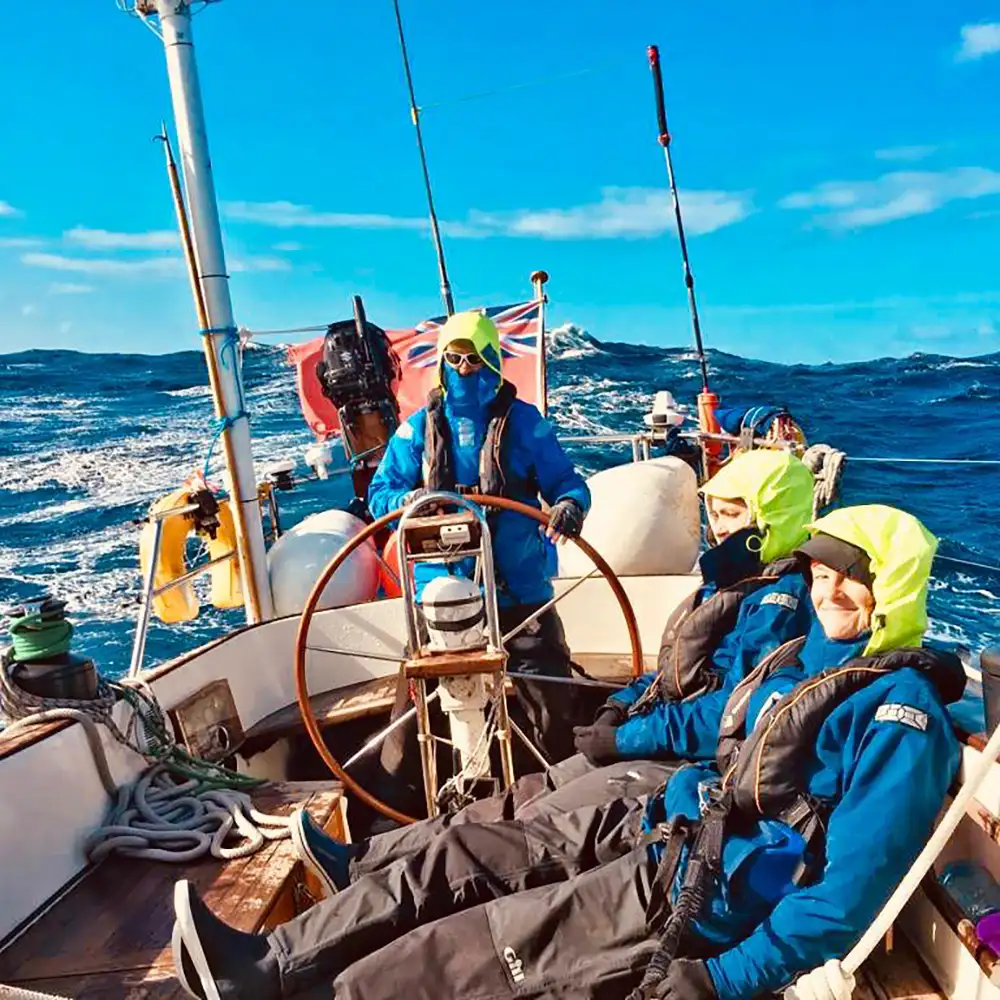
The Passage to Iceland – Five Days of Sailing Across the Norwegian Sea
When the weather window opens, we leave the Norwegian coast and commit to the crossing. Around 700 miles of open sea lie between us and Seyðisfjörður on Iceland’s east coast. This is a five-day passage across the Norwegian Sea. It’s a stretch few yachts make, and for those sailing as watch leaders, it qualifies as an RYA Yachtmaster Ocean passage.
Once clear of land, the rhythm changes. There’s no hiding from the weather out here, only managing it. Systems roll down from the Polar regions. Winds can turn quickly. Swell runs deep and long. It’s not usually hostile, but it demands real respect. You settle into a watch routine: on deck, off deck, eat, sleep, repeat. Three-hour stints in the cockpit. Six hours below. Sail changes in the night. Equipment checks. Log entries. Sometimes silence. Sometimes the entire crew called on deck.
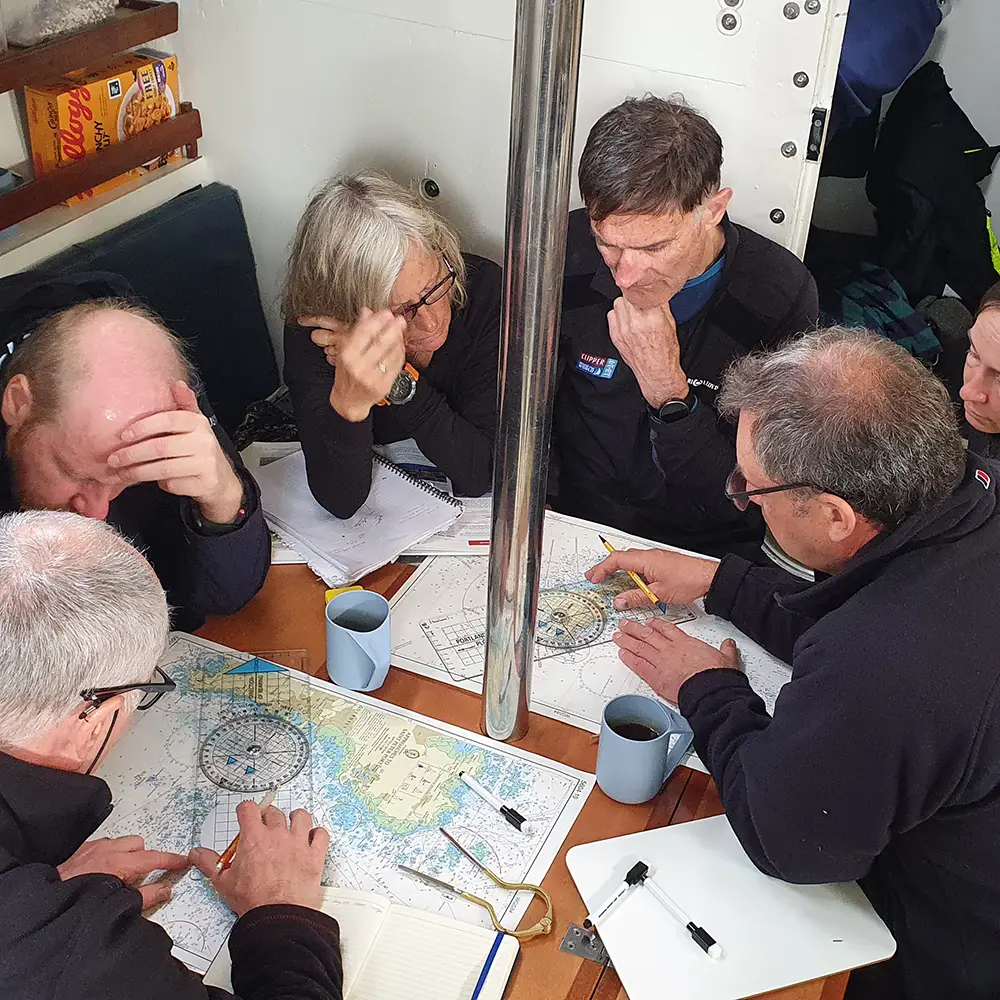
At this latitude, it never truly gets dark. There’s maybe two hours of dusk at best, so there’s little visual break between day and night. Just the temperature drop, and the change in the sea’s sound. It becomes part of you. But it also focuses you. You stop thinking in hours and start thinking in miles made good and a life well lived.
There are moments, when the wind is steady and the sea is right, when the boat truly finds its rhythm and drives forward with extra purpose. You look out and see nothing but water in every direction, and it’s both disorienting and spectacular. You’re not a visitor anymore. You’re part of it an offshore saling team.
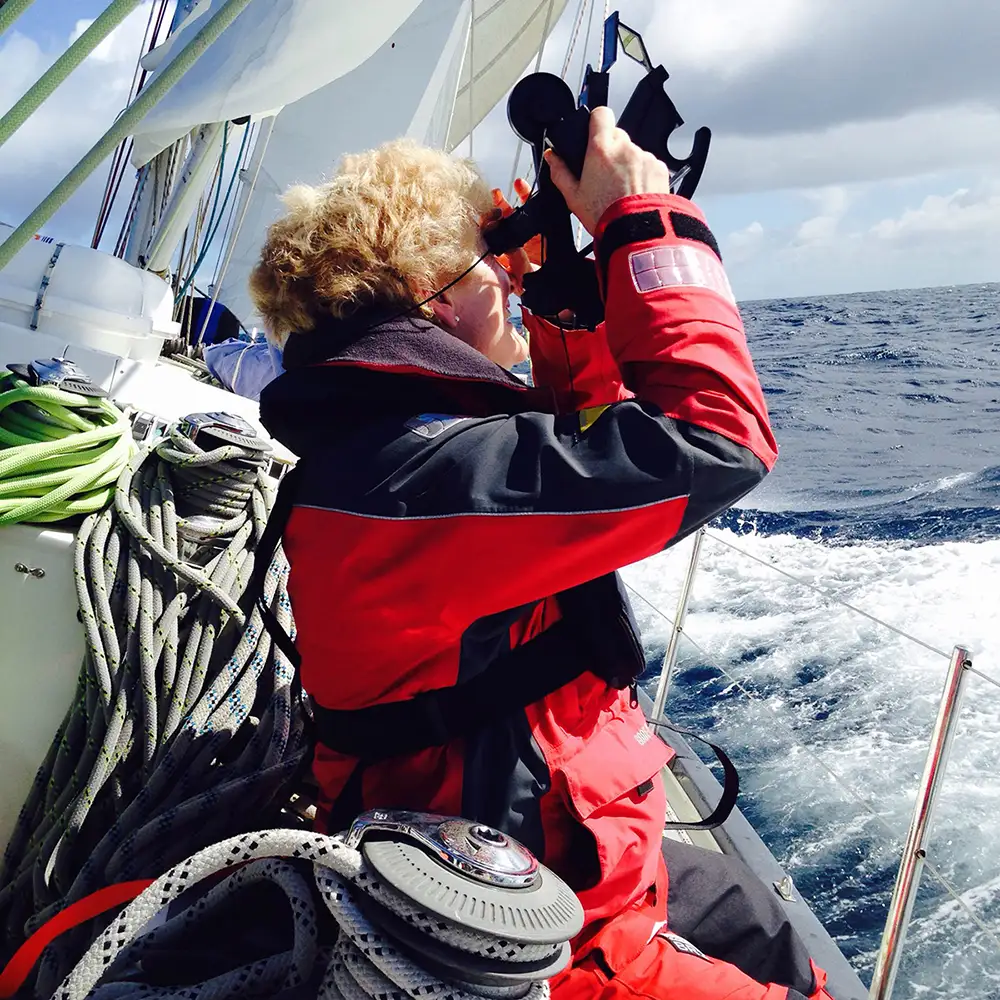
Landfall in Iceland comes slowly. The fjord walls rise, the wind eases, and the engine hums to life for the final few miles in. You step ashore having done something many never will and not for the bragging rights, but because this is what real offshore sailing is.
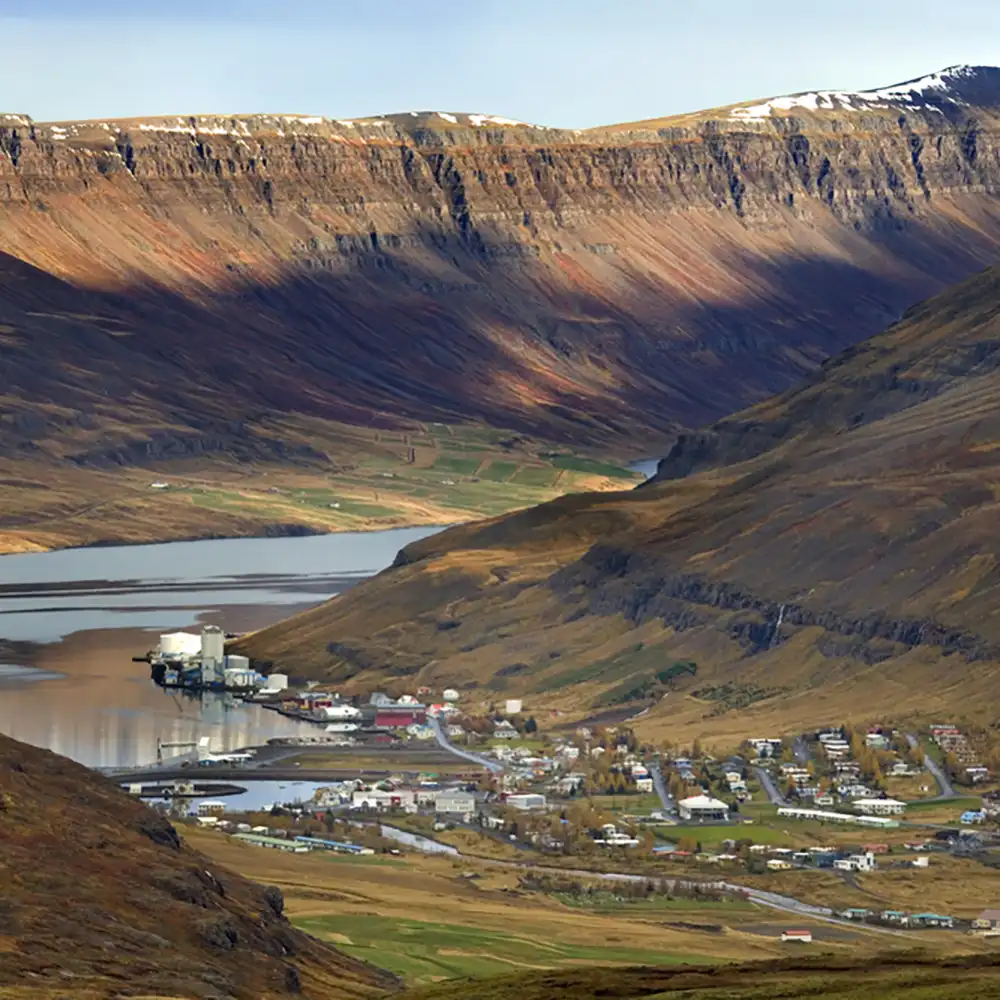
Join the Crew
This passage is for anyone who wants to go beyond the usual and to sail a real adventure. You don’t need huge experience. Just commitment, curiosity, and a willingness to be part of the team. We provide the expert training, the structure, and the support. It’s perfect for solo travellers, and ideal if you’re looking to push your boundaries a little and discover this magical part of the world.